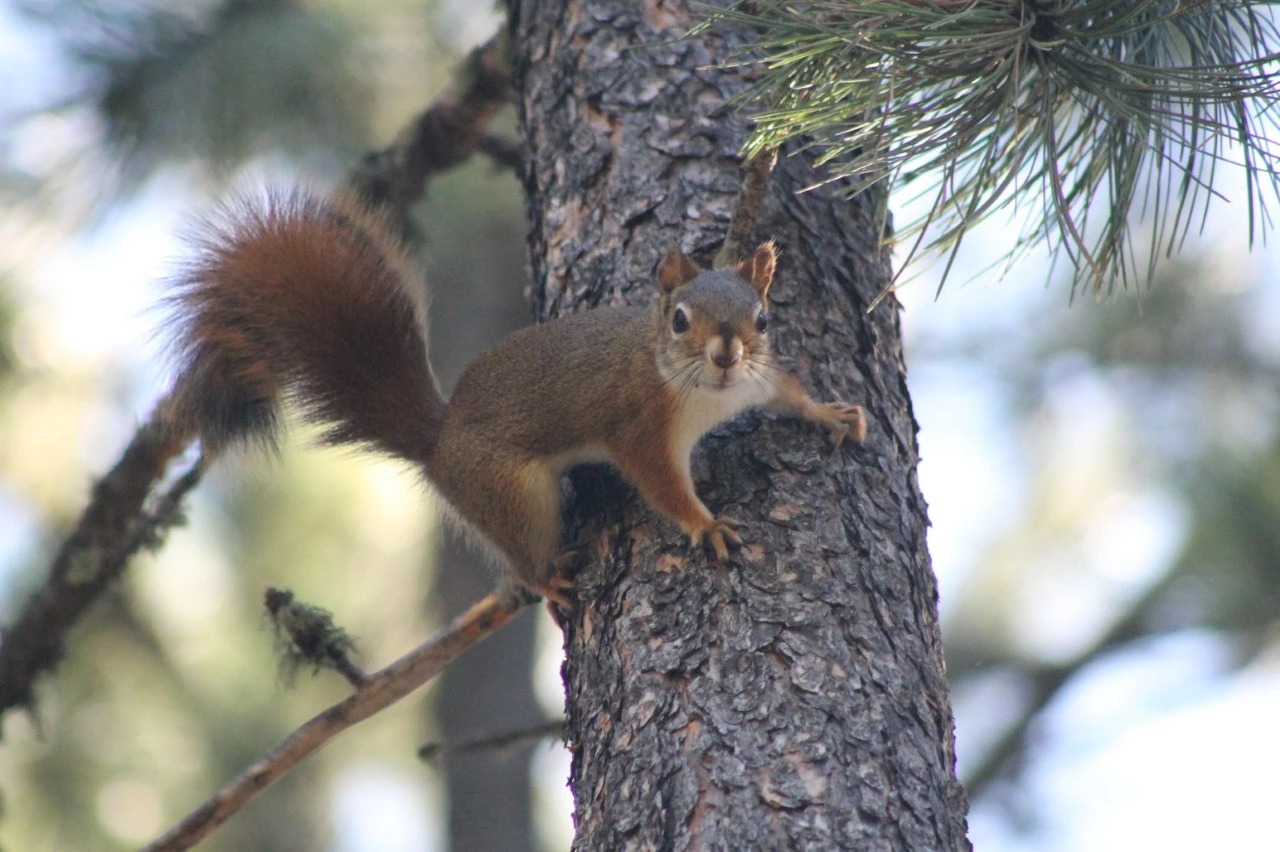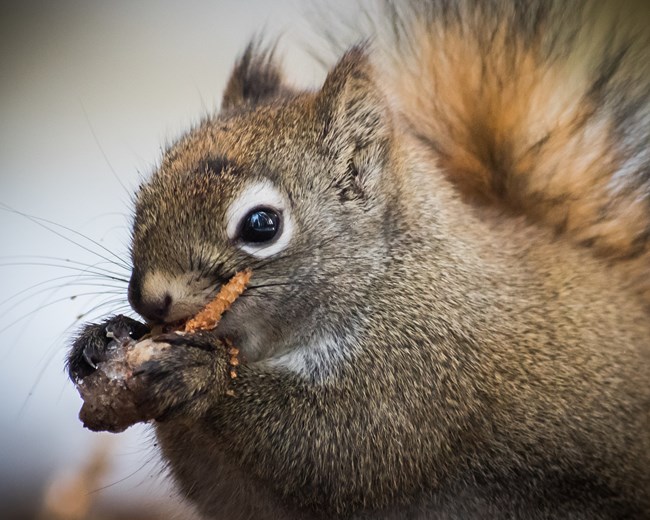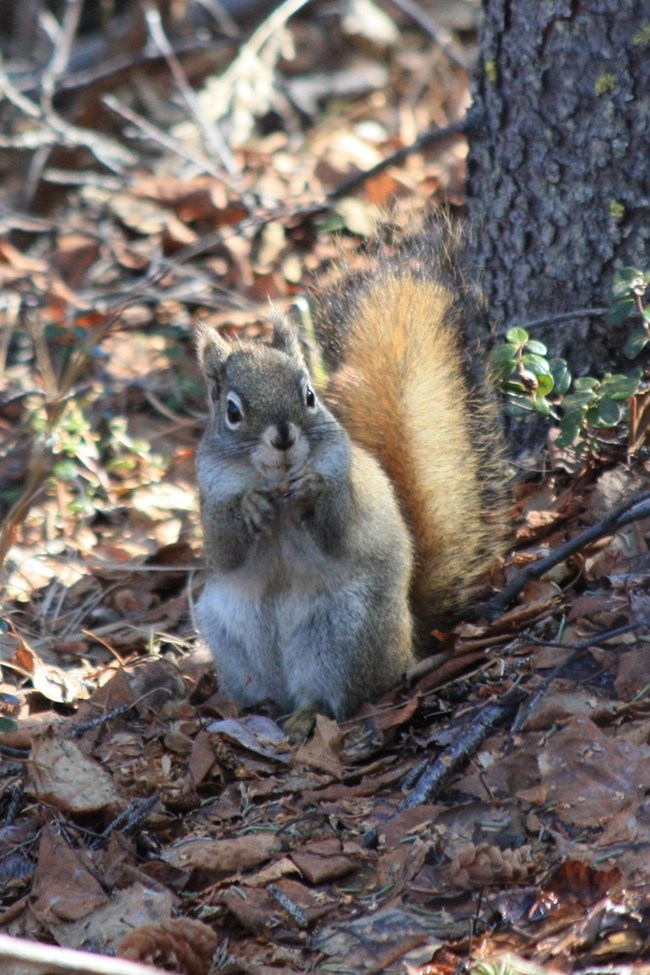
NPS/ Quentin Bucker 
NPS/ Kent Miller Tamiasciurus hudsonicus
Size and Description

NPS/ Robbie Hannawacker
Diet
Interactions with other animals
|
Last updated: January 10, 2024

NPS/ Quentin Bucker 
NPS/ Kent Miller Tamiasciurus hudsonicus
Size and Description

NPS/ Robbie Hannawacker
Diet
Interactions with other animals
|
Last updated: January 10, 2024